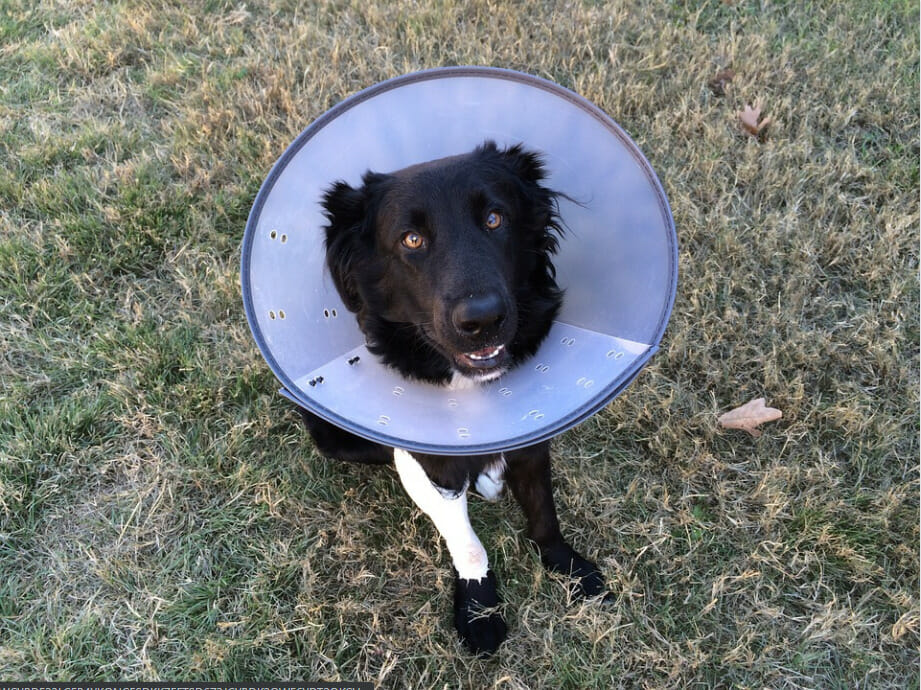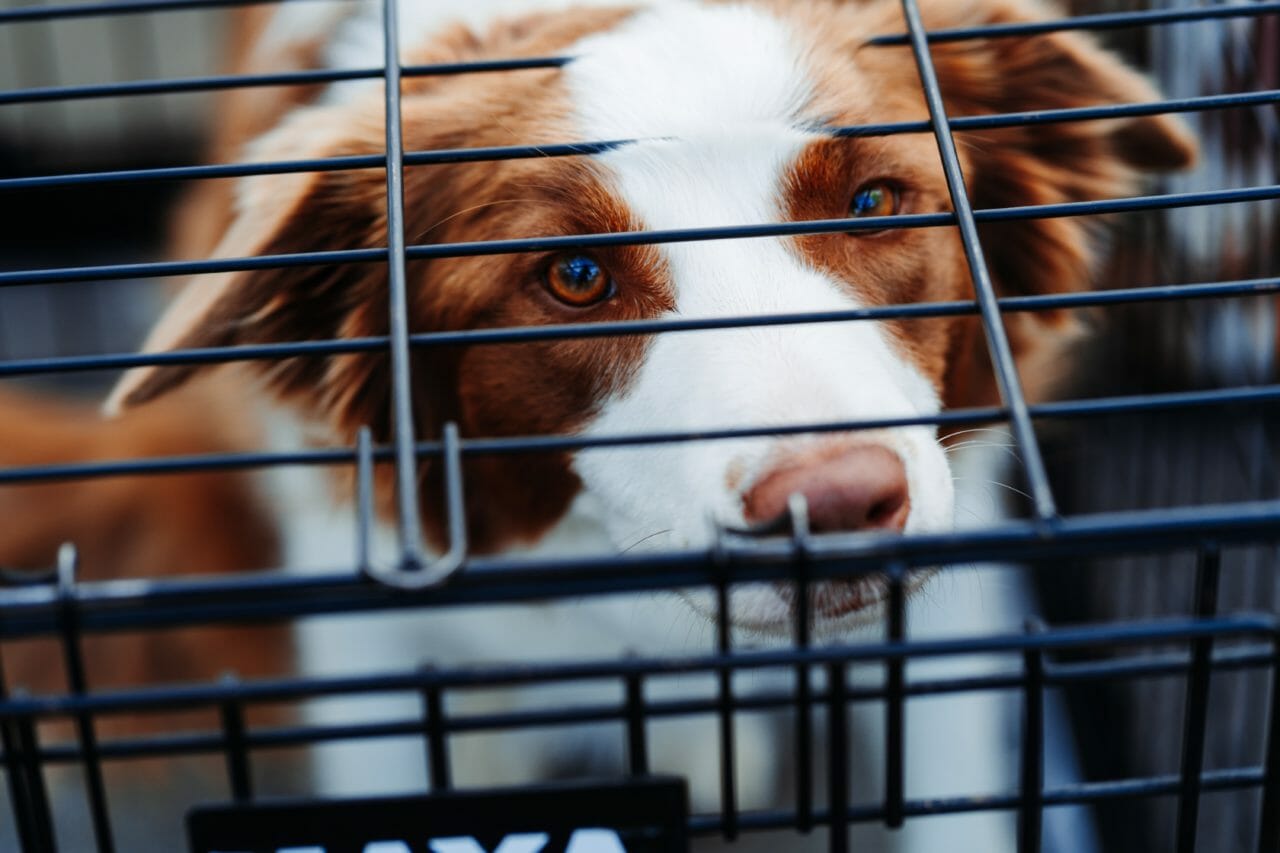Important aspects of aging that should be considered as part of your everyday exercise habits.
Rehabilitation helps animals regain skills and abilities that have been lost as a result of illness, injury or disease. The purpose of this article is to discuss the importance of rehabilitation therapy for our aging animals and how just a few changes can improve their quality of life.
Advances in veterinary medicine have increased the life span of our animals. However, several changes occur within the animal with this increased lifespan. Caring for these animals with multiple disease processes can be extremely challenging. Sometimes simple rehabilitation approaches can greatly improve the quality of life of our geriatric pets.
Physiologic Changes
As we look at things we can do to help our geriatric dogs and cats it is important to take into consideration some of the changes going on in our geriatric animals. Most of our animals are dealing with physiologic changes. These changes include organs systems that may not be functioning as well as they did when they were young. Because of this, our aging pets become more susceptible to disease and their ability to respond to stress decreases. Heart function can become compromised in our pets due to decreased elasticity of blood vessels, which can reduce the amount of blood flowing through the body and therefore oxygen exchange. In addition to changes in getting blood pumped throughout the body we can also see lung function decline as the thoracic wall no longer has the elasticity it used to.
Therefore you need to take into consideration the plain fact that older patients are unable to exercise as long as younger patients when deciding on activities. You should also make sure that low impact exercises be implemented on a daily or at least an every other day schedule.
Aging also results in a decrease in muscle weight, overall strength, and endurance. Obesity appears to be one of the most common nutritional disorders in our animals in the United States. In these obese geriatric pets, we must take it slow and start with an exercise plan that takes into consideration their current activity level and slowly increase in difficulty. If you change intensity levels, do this slowly over several minutes.
As is true in the human as well as animals, coordination, as well as proprioception (awareness of where our body is in space), deteriorate in our older patients. In addition, sensory factors such as vision and hearing are often poor in our older animals which difficult balance and movement even more. In addition, animals can experience a diminished sense of smell and taste. The loss or decrease in all of these senses creates difficulty for our older animals as they are unable to perceive the world around them as they once were able to.
Due to these issues with coordination, exercises involving body contact and rapid or complicated movements should be avoided. Think about a visit to the dog park for your older dog – getting jumped on and tromping around was once a lot of fun, but if you don’t have your defenses up and know a dog is coming at you because you can’t see well or hear well just imagine what the impact is like.
Cognititive Changes
Cognitive decline is yet another sensory loss. Cognitive dysfunction syndrome (CDS) is a diagnosis of exclusion when signs such as changes in sleeping habits, lack of recognition of the environment, decreased interaction with other pets and people in the house, restlessness, apathy, anxiety, altered appetite, aggression or vocalization develop. (Zink & Van Dyke, 2013) It has been found in humans that those people that keep actively involved in intellectual and physical activities seem to fare better than those who are inactive.
Therefore, things like cognitive training (such as scent discrimination, retrievals, etc.) may help our elderly dogs with cognitive dysfunction. Never underestimate walks in new environments to increase their awareness of several senses.
I strongly believe that when we are working with our older dogs trying to figure out ways to improve their quality of life we must attempt to consider the aging process in humans to better understand what our pets are dealing with. Many of these concepts must be taken into consideration when creating a plan to rehabilitate our senior dogs.
Exercise Planning for Aging Pets
Considerations when creating an exercise plan for our older pets:
- Older pets are unable to exercise as long as younger pets.
- Low impact exercise should be implemented on a daily or at least an every other day schedule.
- An exercise program should be tailored for each pet and take into consideration their owner’s abilities as well.
- Utilizing a warm-up and a cool-down are of paramount importance with our older pets. (This should be utilized for all patients.)
- It is best to take it slow with our geriatric pets. Start with an exercise plan that takes into consideration their current activity level and slowly increase in difficulty.
- If changing intensity level, do this slowly over several minutes.
- Exercises involving body contact and rapid or complicated movements; things like sharp turns or jumps should be avoided. (Also reconsider dog park visits. It is still important to ‘hang out with their friends’ but try to find friends that are at their same age or exertion level.)
- Extreme environmental conditions such as high heat, extreme cold, and high altitude should be avoided if possible.
- Think hard about the surfaces your dogs go walking on – softer is usually better. For instance, dirt road is better than cement.
- Consider how slippery the surfaces are that your dogs are walking on as well – slippery is bad.
- Cognitive training (such as scent discrimination, retrievals, etc.) may help our elderly dogs with cognitive dysfunction. Never underestimate walks in new environments to increase their awareness of several senses.
Instilling these principals into your thought process when creating rehabilitation plans for geriatric pets will lead to success.



